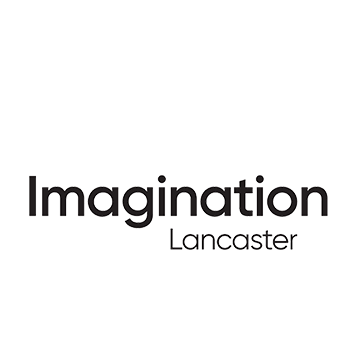Over the past 8 years SILK have demonstrated the benefits of working with communities in ways that enable collective ownership of project design, delivery and outcomes. We asked Emma for her advice on working with young people, specifically how to keep their voice to inform policy, commissioning and decision-making. Here’s some of what we learnt from Emma during our conversation:
Create a Safe Space
Find a topic that makes young people tick and go into their space. ‘SILK never force people to be there’ (in the room). This leaves the people motivated by change and behind’. It’s important to create a safe space, and find a tool to engage a young person that’s relevant to them. This inspires them to commit their time and energy to the project.
Create Ownership
Create invitation to events written by young people for other young people, they’re honest and they get straight to the heart of the matter. Give young people responsibilities such as being on an editorial board so they see contributions are valued and give them ownership of project outcomes. When interpreting a voice, or voices, how you interpret them is crucial ‘Taking back the exact words young people say is really important, without twisting the things they’ve said to show integrity’.
Create Trust
After a great engagement process, outcomes need to be interpreted in ways that can still be seen from the perspective of a young person, as well as relevant and useable to decision makers. ‘Don’t forget the human connection – a great youth worker can raise the aspirations of a young person in 5 minutes by creating trust’.
The challenge of taking what young people say and translating it into usable insights to inform policy development is at the heart of Leapfrog’s first major project. At the end of our conversation we discussed how to collaborate with young people in ways they would enjoy and benefit from. The idea emerged of holding an intensive 2-3 day co-design lab. The aim would be to give young people an inspiring experience with a focus on their personal development, as well as co-designing tools for engagement activities. Leapfrog is now collaborating with Blackburn with Darwen Borough Council and Child Action Northwest to design a young people’s residential to take place at Lancaster University this autumn.
